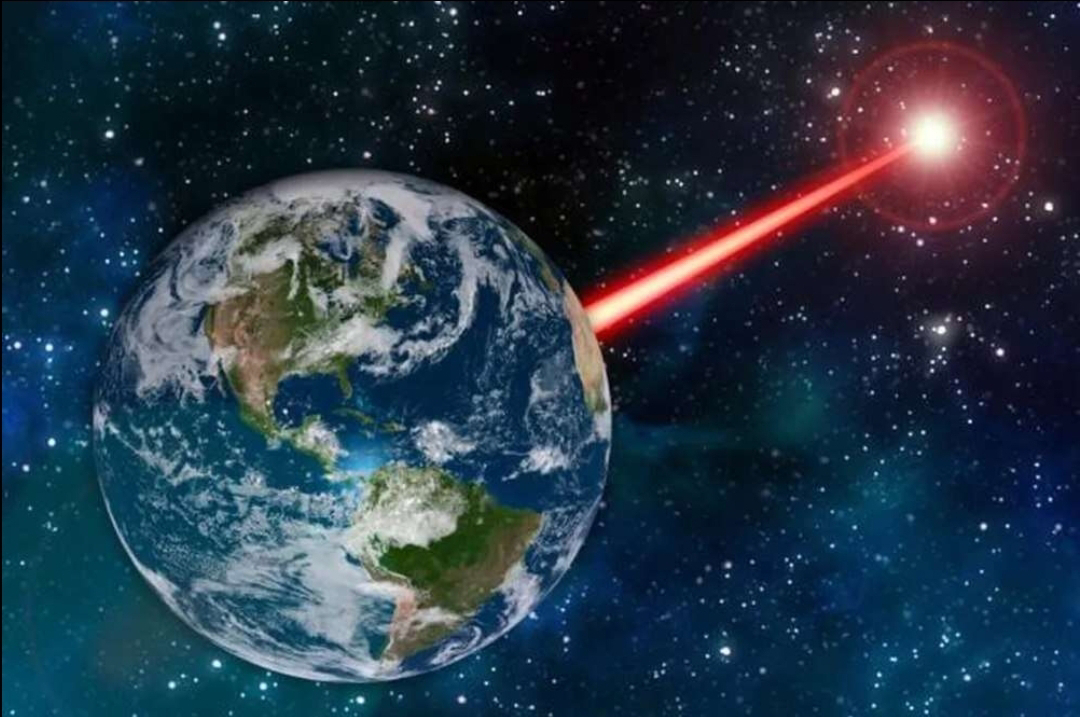The findings suggest that if a high-powered 1-2MW laser were focused through a massive 30-45m telescope and aimed out into space, the combination would produce a beam of infrared radiation strong enough to stand out from the Sun’s energy.

Such a signal could be detectable by alien astronomers performing a cursory survey of our section of the Milky Way, especially if those astronomers live in nearby systems.
Such as around Proxima Centauri, the nearest star to Earth, or TRAPPIST-1, a star about 40 light years away that hosts seven exoplanets, three of which are potentially habitable.
If the signal is spotted from either of these nearby systems the same megawatt laser could even be used to send a brief message in the form of pulses similar to Morse code.
“If we were to successfully close a handshake and start to communicate, we could flash a message, at a data rate of about a few hundred bits per second, which would get there in just a few years,” said James Clark, a graduate student in MIT’s Department of Aeronautics and Astronautics and author of the study.
The notion of such an alien-attracting beacon may seem far-fetched, but Clark said the feat can be realised with a combination of technologies that exist now and that could be developed in the near term.
“This would be a challenging project but not an impossible one,” Clark said. “The kinds of lasers and telescopes that are being built today can produce a detectable signal, so that an astronomer could take one look at our star and immediately see something unusual about its spectrum.
I don’t know if intelligent creatures around the Sun would be their first guess, but it would certainly attract further attention.
“I wanted to see if I could take the kinds of telescopes and lasers that we’re building today, and make a detectable beacon out of them.”He started with a simple conceptual design involving a large infrared laser and a telescope through which to further focus the laser’s intensity.
His aim was to produce an infrared signal that was at least ten times greater than the Sun’s natural variation of infrared emissions.
Such an intense signal, he reasoned, would be enough to stand out against the Sun’s own infrared signal, in any “cursory survey by an extraterrestrial intelligence.”
He analysed combinations of lasers and telescopes of various wattage and size, and found that a 2-megawatt laser, pointed through a 30-metre telescope, could produce a signal strong enough to be easily detectable by astronomers in Proxima Centauri b, a planet that orbits our closest star, 4 light years away.
Similarly, a 1-megawatt laser, directed through a 45-metre telescope, would generate a clear signal in any survey conducted by astronomers within the TRAPPIST-1 planetary system, about 40 light years away.
Either set-up, he estimated, could produce a generally detectable signal from up to 20,000 light years away.
Both scenarios would require laser and telescope technology that has either already been developed, or is within practical reach.








